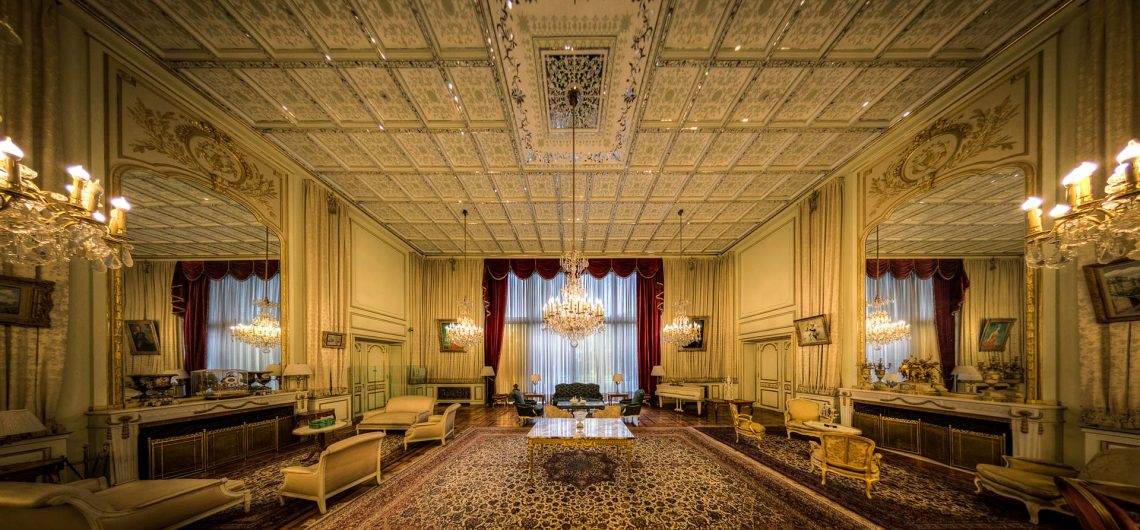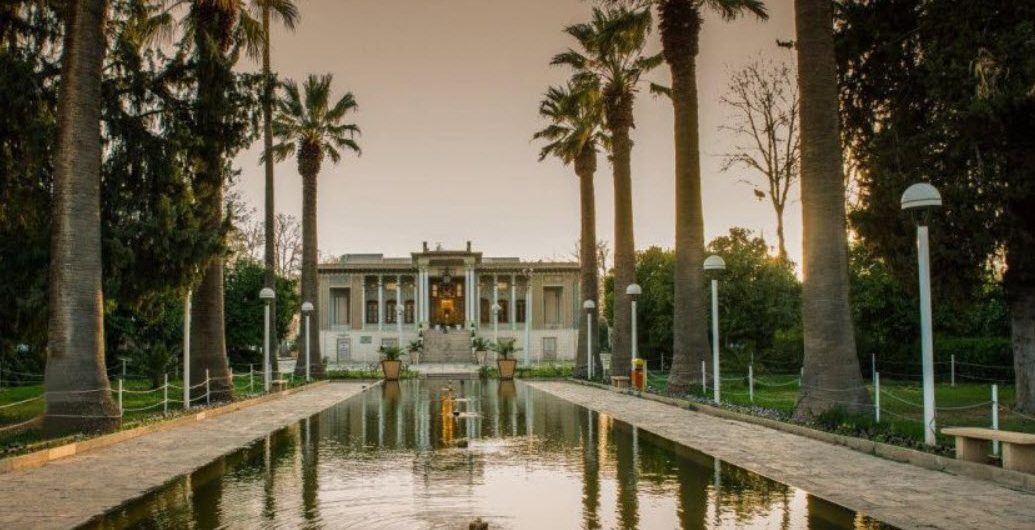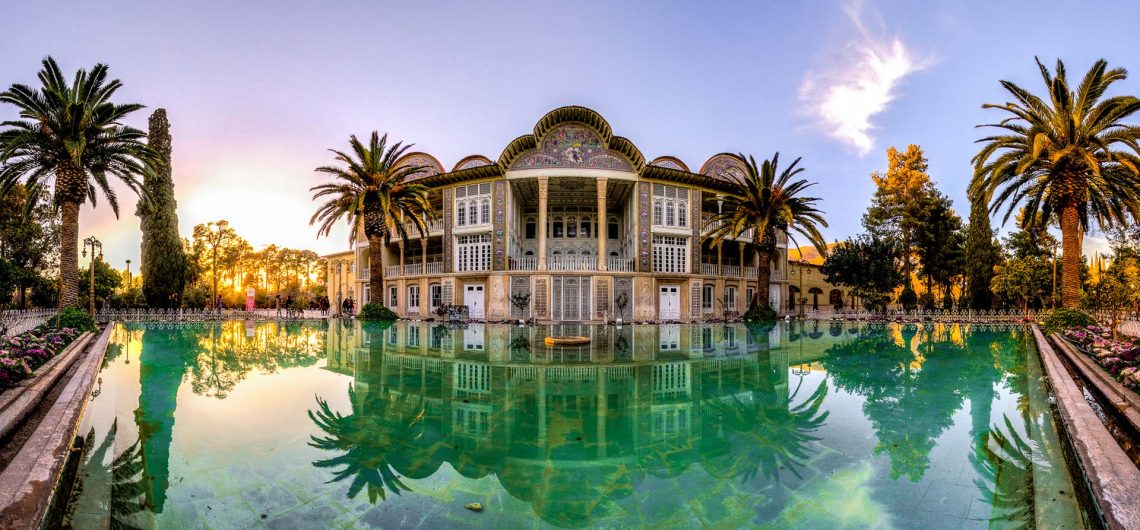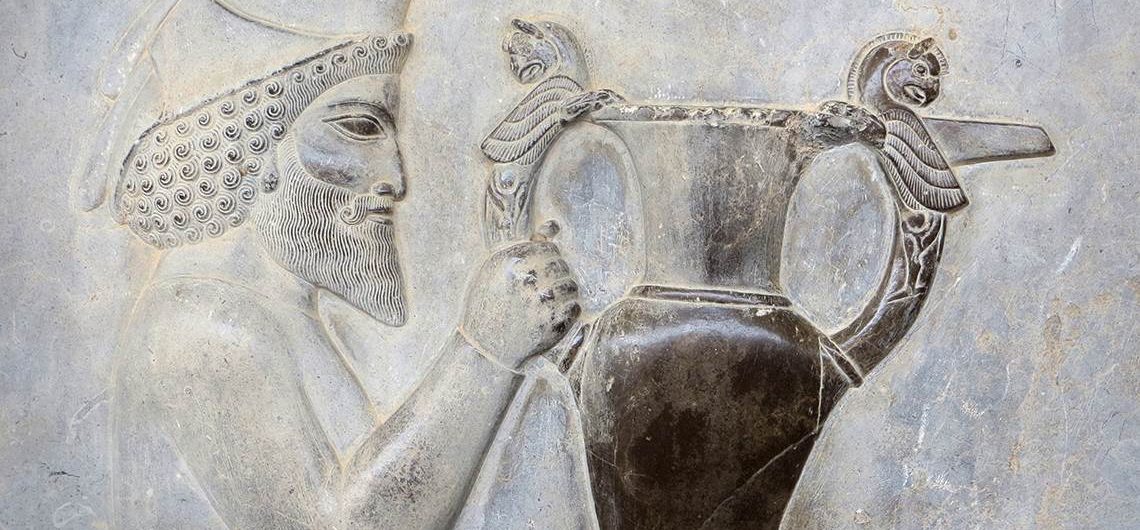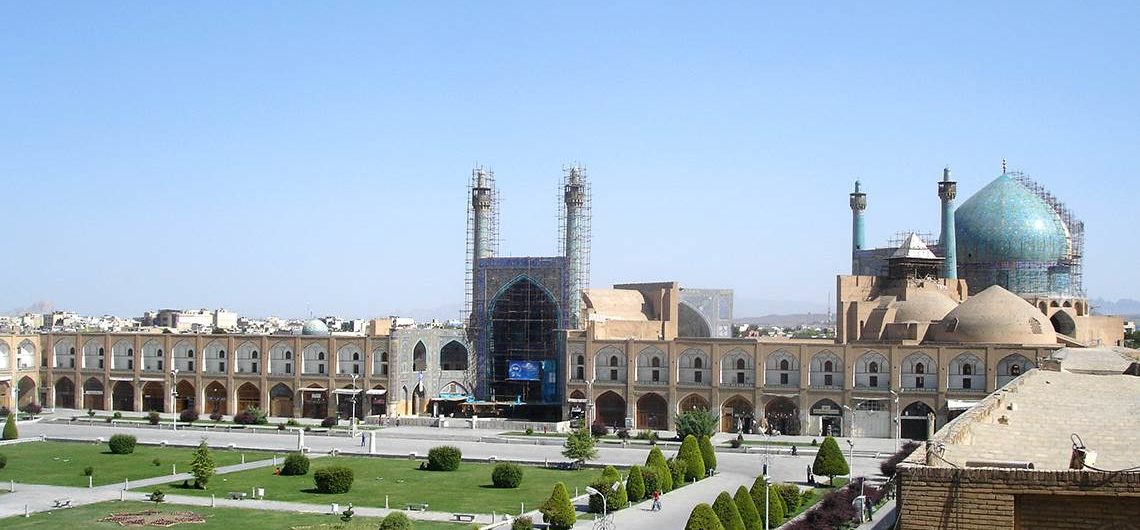Tehran, Landscape of Contrast
- Destinations
- Adyan intersection, Ahmad Shahi Pavilion, Automobile Museum, Bazaar, Carpet Museum, Darakeh, Darband, Ferdows Garden, Golestan Palace, Great Market of Tehran, Green Palace, iran, Iran Holy Defense Museum, Iran National Museum, Masoudieh Palace, Milad Tower, modern, National Jewelry Tehran, National Museum, Nature Bridge, Niavaran Palace, Niyavaran Palace, Omidvar Brothers Museum, Professor Hesabi Museum, Qasr Garden Museum, Reza Abbasi Museum, Royal Costume Museum, Sa’d Abad Museum Complex, Sahebgharanieh Palace, Tabiat Bridge, Tehran, Tehran Bazaar, Tehran Museum of Contemporary Art, Treasury of National Jewels, UNESCO World Heritage Site, Valiasr Street, White Palace
Tehran the city of contrasts. The densely populated capital of Iran, a city that is struggling with modernity and its consequences in its outer layers and inside, it is full of amazing and unique attractions that are almost unknown. Tehran is usually the first city that tourists visit in Iran, and by exploring it and identifying its beauties, the city can appear more than expectation.
Tehran is the city of skyscrapers and modern buildings. As if every night a new building is born. Highways and bridges are scattered across the city and connect distant and close areas. Tehran and its people are adjusted with the high pace of current life and continue to move forward. The city’s modernity generates traffic, crowded streets, and air pollution, but it has also granted the people, Milad Tower which is now the sixth tallest tower in the world and Tabiat Bridge a mesmerizing three-story bridge. Two attractions are meriting a lot to visit and enjoy.
Tehran has footprints of history behind its modern face. Splendid palaces and historic mansions that have stories to tell about kingdoms changes and old houses of famous artists, scientists and prominent people in this city are numerous. Golestan Palace, White Palace, Niavaran Palace, Green Palace, Ahmad Shahi Pavilion, Masoudieh Palace, Sahebgharanieh Palace, and Ferdows Garden are among the historical places of Tehran. By entering into any of these sites, you cannot avoid thinking and imagining past and the people who had lived and walked among those halls and rooms.
Tehran’s museums also have great value and are recognized to be the treasures of the country. Sa’d Abad Museum Complex, Iran Holy Defense Museum, Treasury of National Jewels, Qasr Garden Museum, Iran National Museum, Reza Abbasi Museum, Tehran Museum of Contemporary Art, Carpet Museum, Royal Costume Museum, Automobile Museum, Omidvar Brothers Museum, Professor Hesabi Museum, and several other Museums which display symbols of the history, culture and art of this land. In the following, exploring the maze of old Bazaar of Tehran and old alleyways of Adyan intersection with its church, mosque, fire temple, and synagogue must be entertaining.
The impressive nature of Tehran, the old trees of Valiasr Street, the lush scenery around the highways and mesmerizing landscapes in the parks have intensified the attractiveness of the city. As well as, there are some areas such as Darband and Darakeh in the north of Tehran and near the mountains which provide opportunities for people to breathe and disport. Interestingly they are full of small cafes and restaurants with delicious and mouthwatering snacks and foods.
Therefore, it can be said that Tehran with all mentioned and not mentioned attractions is a fascinating city that would fascinate tourists with different tastes.
By S. Chakerreza

